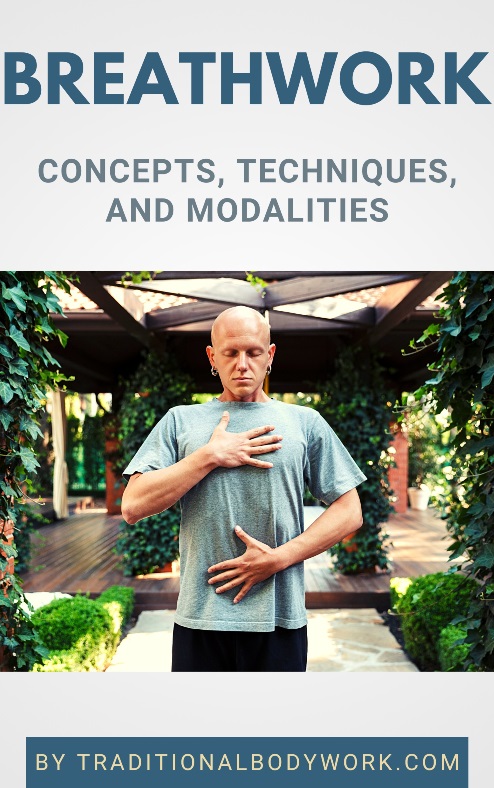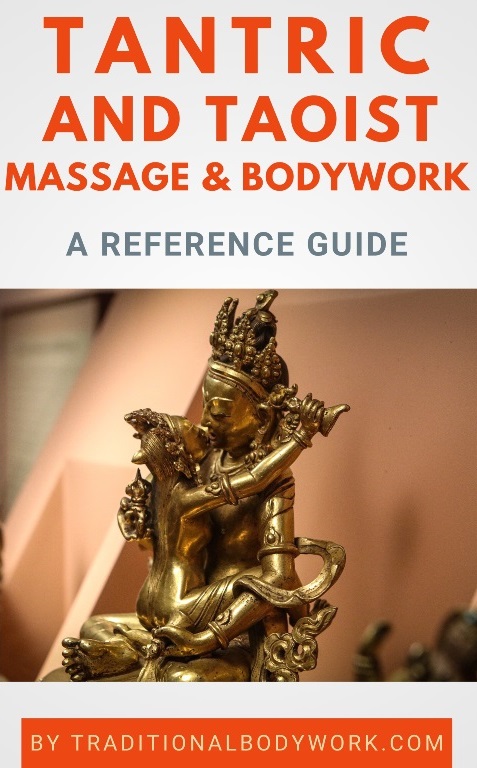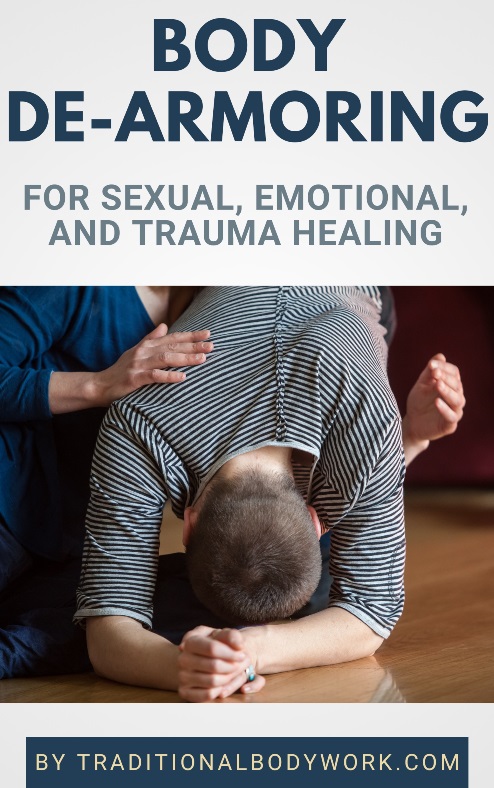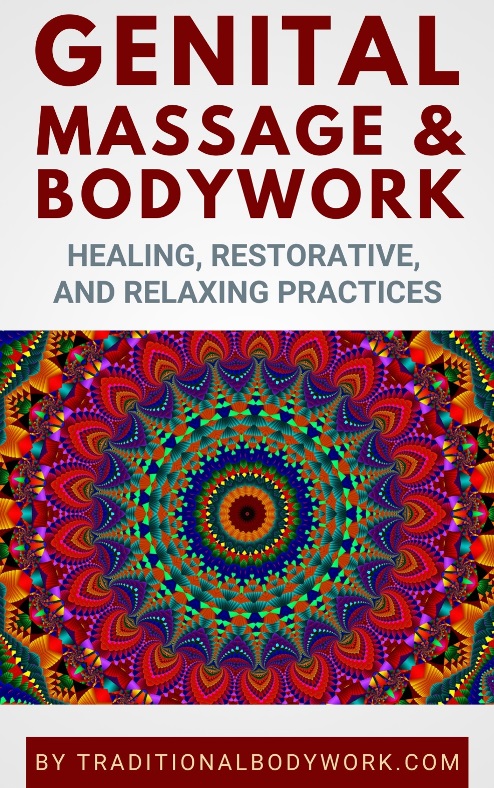
The word Catharsis comes from the Greek katharsis, which itself is derived from the two other Greek words kathairein (which means “cleanse”) and katharos (which means “pure”).

Today, the term Catharsis is commonly used to indicate the process of a powerful release of emotions, and as such providing relief from strong, usually negatively perceived suppressed or repressed feelings for the person involved.
In fact, the idea behind the need for Catharsis is that certain life experiences (such as an accident, work, a relationship, divorce, abuse, and so on) can cause structural, unventilated stress, tension, anxiety, fear, anger, frustration, and/or trauma, which subsequently can become an inhibition for normal physical, emotional, and/or mental functioning.
In order to induce positive change and restore healthy function and happiness, it’s thought that release (or purge) of these bottled-up emotions is of utmost importance. Typically, the moment of Catharsis is accompanied by deep cognitive insight in one’s situation and (subconscious or unconscious) drives, and an overall feeling of being “reborn.” It’s often also experienced as a moment of “closure.”

Catharsis generally also expresses itself in a physical way. That is, the person going through the process may start to cry, tremble, shake, experience muscle spasms, feel hot or cold, vomit, shout, scream, or laugh, and whatnot.
However, there are many ways and techniques through which Catharsis can be achieved, which often depend on the person’s capabilities, inclinations, and interests. Think, for instance, of engaging in intense physical activity, doing sports, undergoing psychotherapy, consuming psychedelic substances, or practicing breathwork, music, massage, meditation, dance, or Yoga, to just name a few activities.
An important therapeutic practice to achieve Catharsis is so-called Emotional Body De-Armoring (also written De-Armouring). The concept behind De-Armoring is that a person “stores” traumatic emotional experiences in the body as physical manifestations and tensions, which is called a Body Armor (or Muscular Armor). This Body Armor then is a physical defense mechanism to keep unresolved emotions in check, that is — suppressed or repressed.

A Body Armor keeps the affected person living in psychological falsity, and in chronic physical and emotional distress. Subsequently, by deliberately releasing or alleviating the person’s Body Armor through Catharsis, people can physically relax by releasing tensed or constricted body parts, and heal emotionally from traumatic experiences.
Some examples of therapies and practices used to achieve Emotional De-Armoring are Tantra Massage, Genital Mapping, Hakomi Therapy, Reichian Breathwork, and Sexological Bodywork. De-Armoring concepts and practices are also used in a variety of Body-Oriented Psychotherapy modalities.
In any case, mind that Catharsis might be an experience that is consciously sought after (for instance, by engaging in breathwork, psychedelic substances, psychotherapy), but it may also come about unasked while having a massage session, or perhaps during a conversation with a friend in which certain traumas or emotions are spontaneously triggered and released.
In any case, mind that Catharsis may be an experience that’s consciously sought for (through, for instance, Breathwork, psychedelic substances, massage therapy, or Psychotherapy), but it may also come about unasked during a massage or bodywork session or perhaps even during a conversation with a friend in which certain traumatic experiences or deeply distressing emotions are spontaneously triggered and released.

















